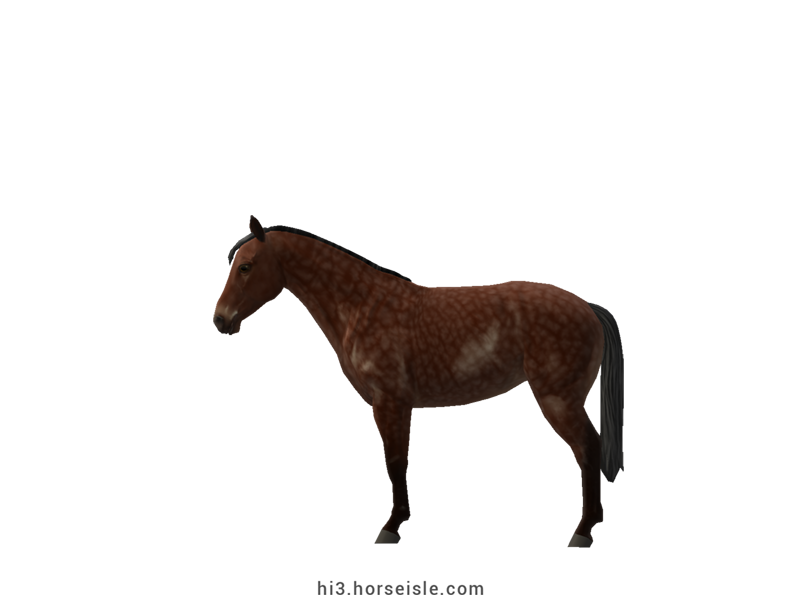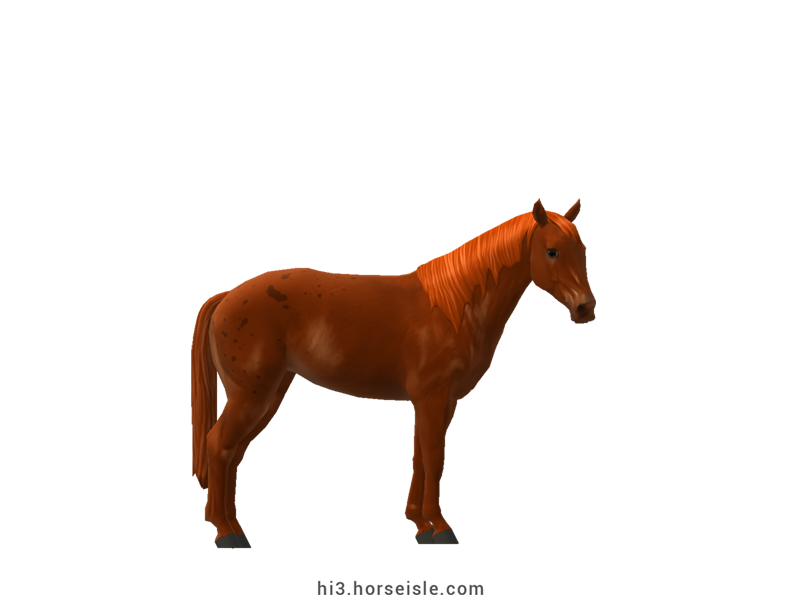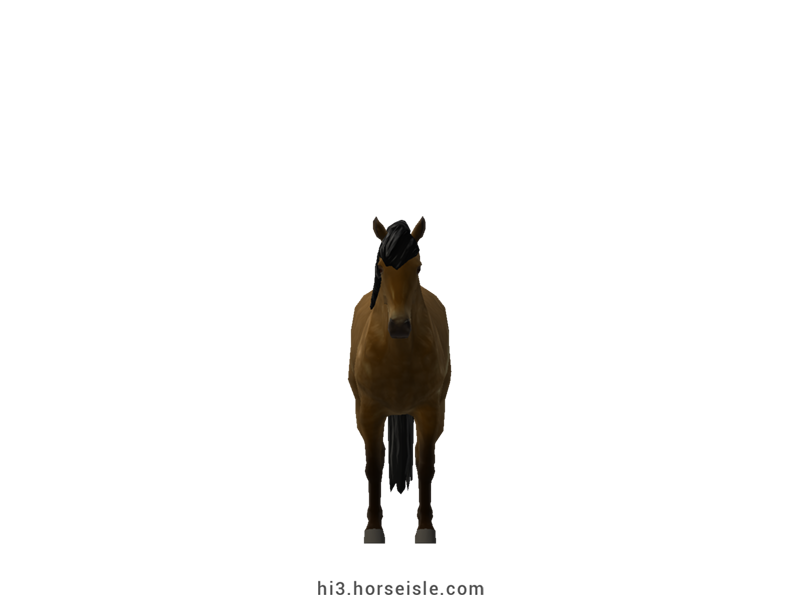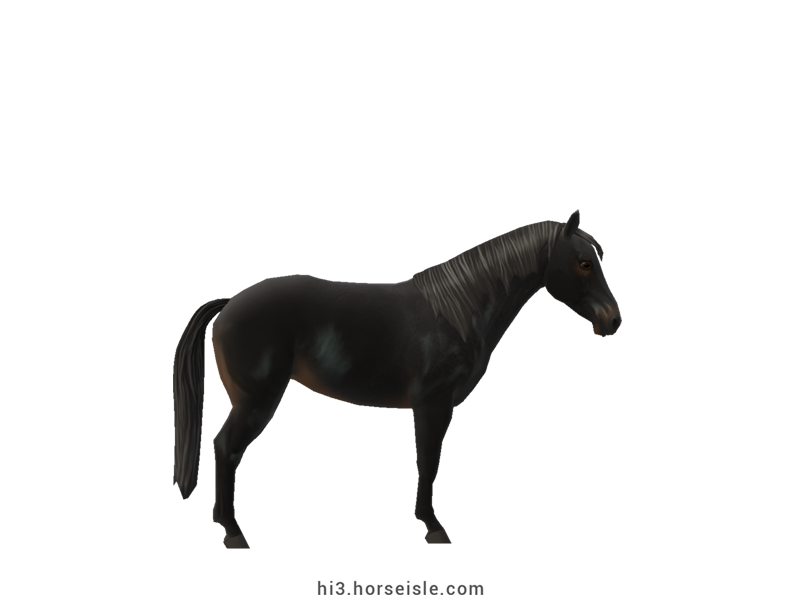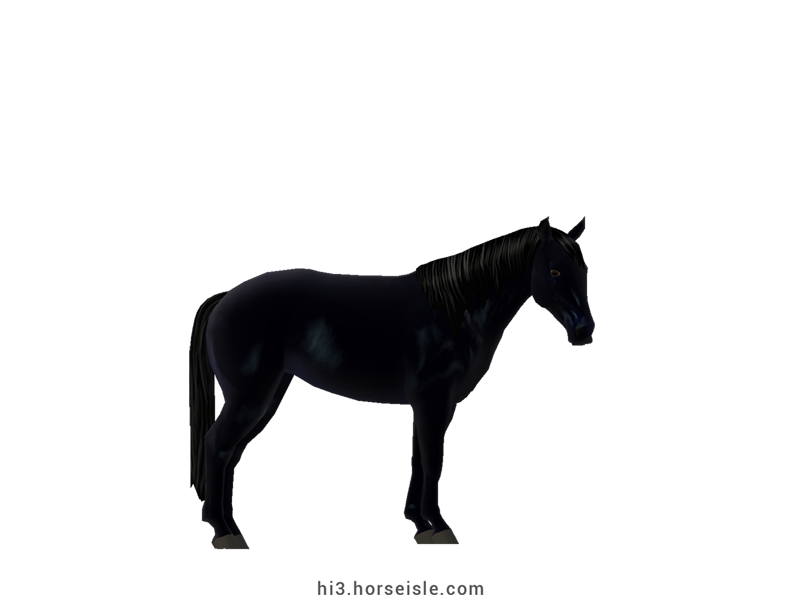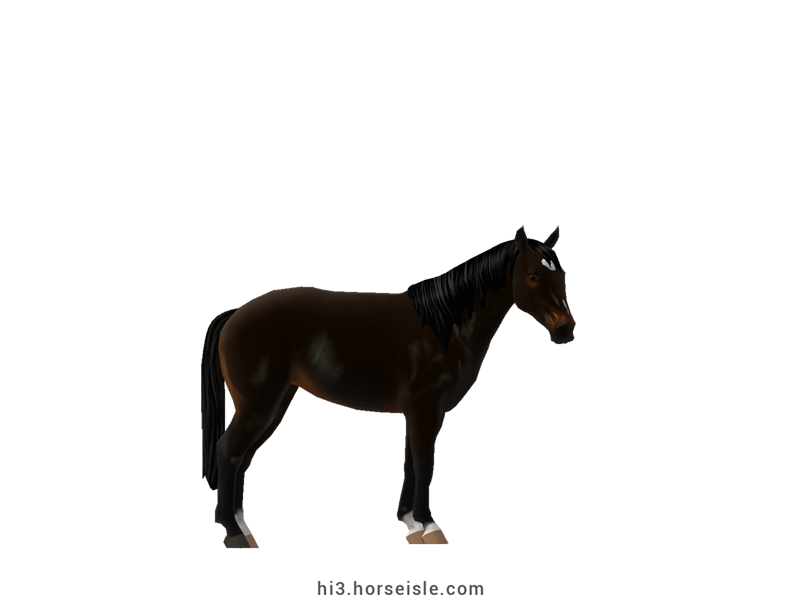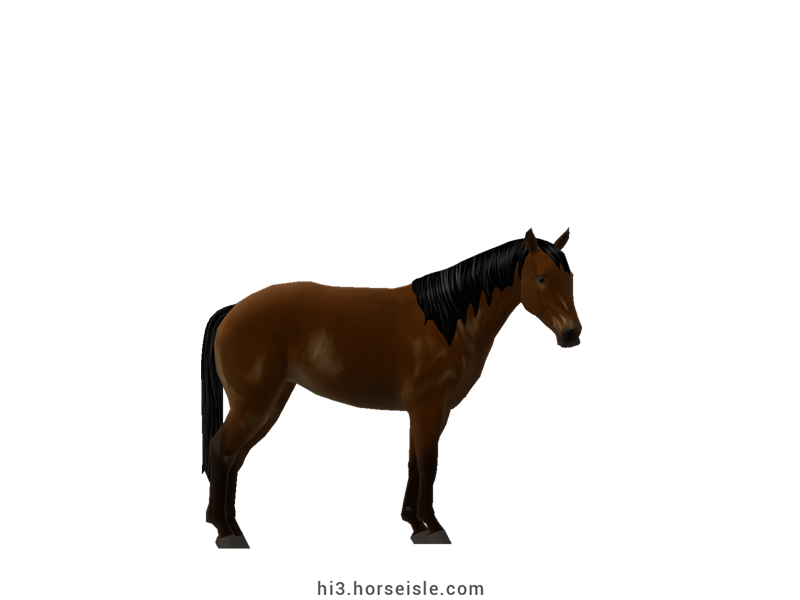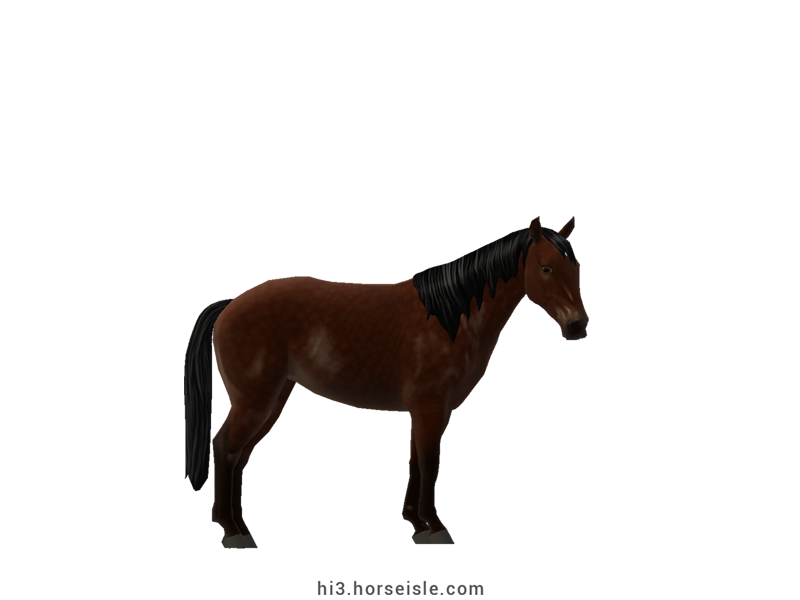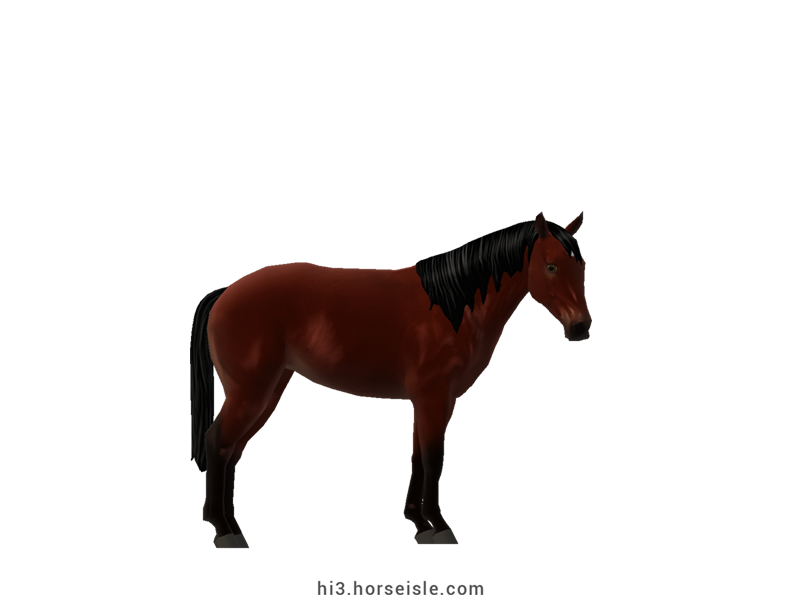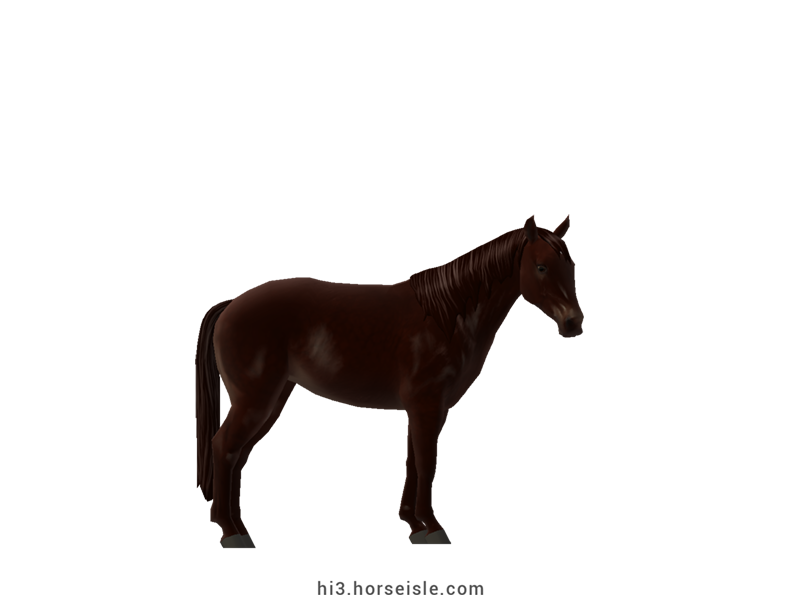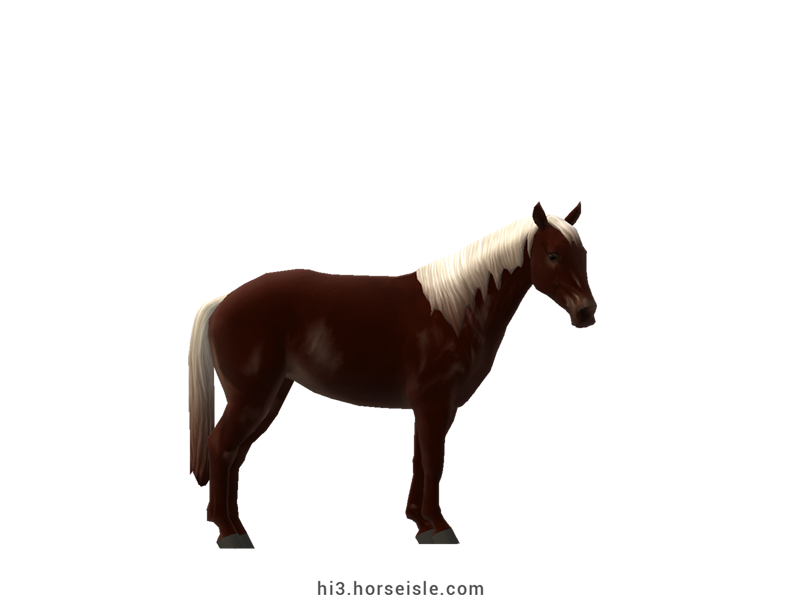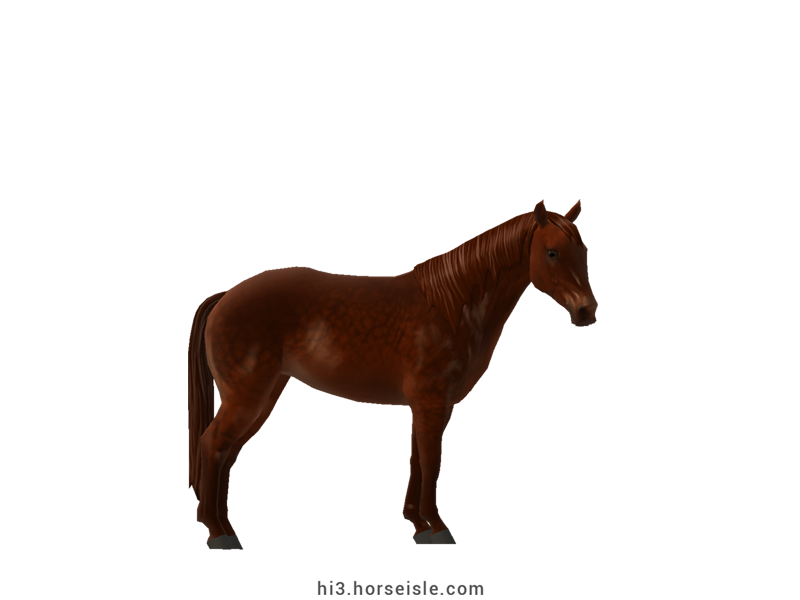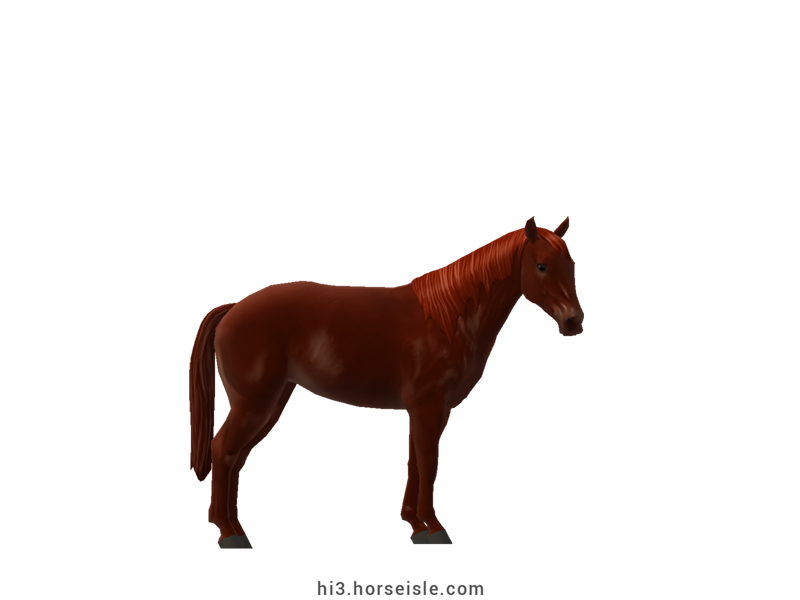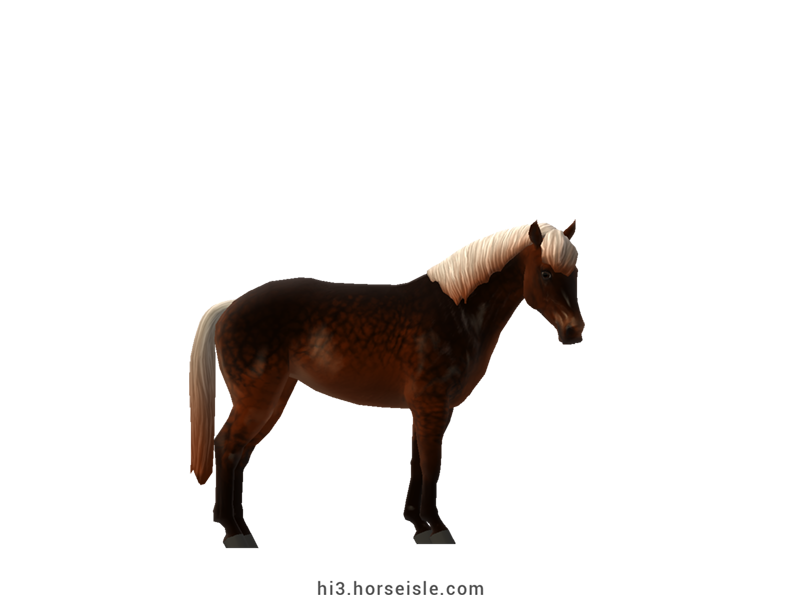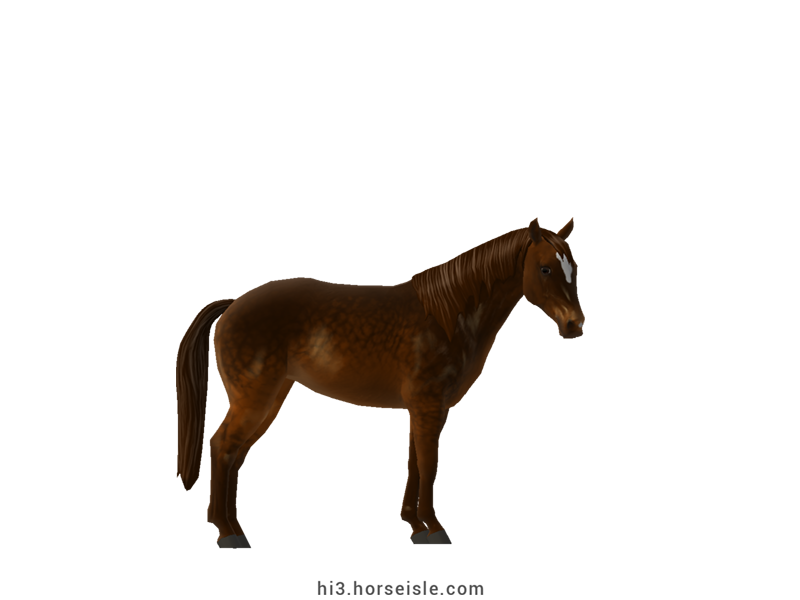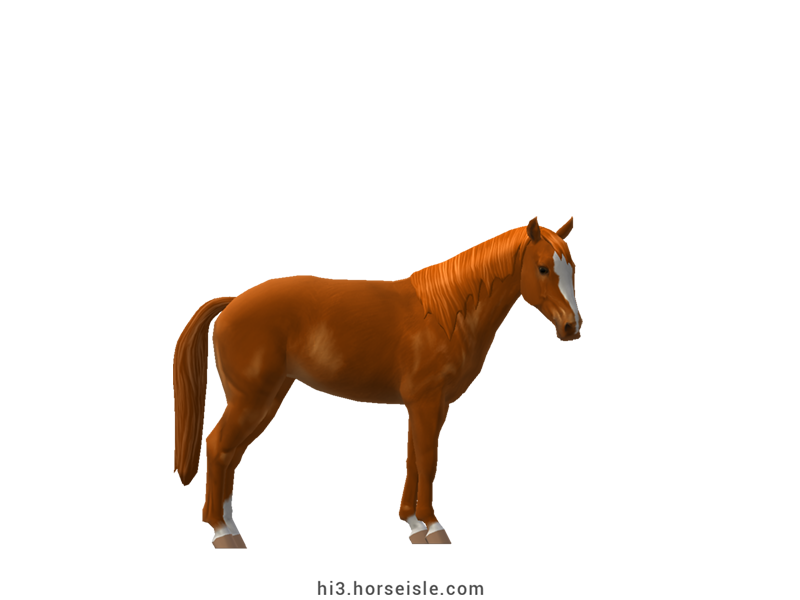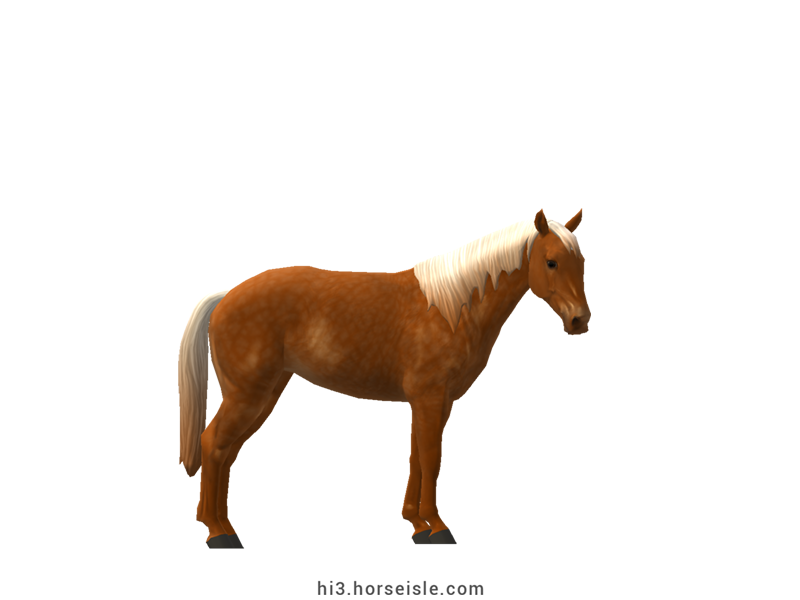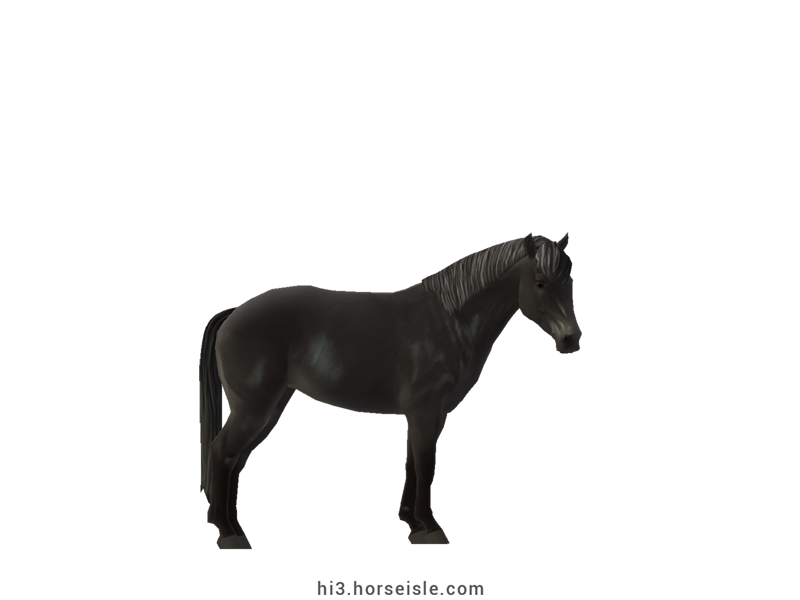Our Massive Real World Equine Reference!
[ INDEX ] Equine Type: Horse Breed: Arravani [ PREV ] [ NEXT ]
Arravani the gait vs. Arravani the breed:
In Greece, the word 'arravani' (also 'aravani') means 'an ambling gait' or 'a gaited horse'. Two Greek breeds -- Peneia Pony and Messara Pony -- are known to be "arravani", meaning that they are natural amblers. While they are arravani horses because of their ambling gait, they are not Arravani horses breed-wise.
The Arravani breed is a gaited breed of a small horse that originated in Western Macedonia, Greece, and was named after its arravani ability. Today, it's bred in purity, making it a separate breed from other gaited Greek breeds.
This means that while all Arravani horses are arravani, not every arravani horse is an Arravani.
From Greece to Germany:
Although the Arravani originated in Greece, it never quite gained recognition within its home country. The Greek authorities don't recognize it as an official breed, and there is only one farm that is said to breed these horses.
Surprisingly enough, somehow, the Arravani found refuge in Germany and, to a lesser extent, its neighboring Austria. There, a group of breeders took a particular interest in this breed, and imported a herd of Arravani horses to Germany to start a breeding program for this rare breed.
Is the Arravani a true breed?
While there is controversy in Greece about whether or not the Arravani is a true breed rather than a generic gaited horse, in Germany the Arravani ticks the boxes to be considered a true breed.
First, there is an official association for the breeding, registration, and promotion of the Arravani. Second, and most importantly, the Arravani is bred in a pure manner and to a set breed standard, which makes the Arravani an appropriate breed worthy of official recognition.
The Arravani today:
Today, Arravani horses are bred in Greece, Germany, and Austria. Those that are bred in Greece are usually exported to Germany and Austria, where they serve for recreational riding, especially as trail horses and pleasure horses.
Conformation:
Arravani horses can slightly vary in their build, with some having deeper girths and a sturdier appearance while others have a skinnier, lighter appearance. Still, they all have a light, Arabian-influenced head, suggesting that at some point during history the Arravani received Arabian blood.
The head of the Arravani is light and slender. It has a slightly dished profile, large eyes, and upright ears that are sometimes slightly curved, all are traits seen in Arabian horses.
The rest of the Arravani's body, though, is not as Arabian-like. The neck is muscular and of medium length, with a relatively flat topline, and a broad base. The withers are low, the back is short and straight, and the croup is sloping.
The legs can be slender, although it's not a must, and, similar to other gaited Greek horses, the hind legs can be cow-hocked, although this trait is not found in Horse Isle.
The mane is medium in length, but its texture varies. Some individuals have finer, flatter hair that can grow somewhat long, while others have a coarser style, especially in their forelock that can be bushy. Therefore, In Horse Isle, they have either fine (silky) manes or coarse ones, and the mane is always of medium length. The tail, on the other hand, can grow long.
Performance metrics:
The following are the: range, average, (SD), and MOE of performance metrics of ordered Arravanis in Horse Isle (not bred ones). In rare cases,
Speed: 13.8-15.3, 14.7 (0.3), 0.06.
Sprint: 36-47, 42 (3), 0.5.
Accel: 0.76-0.90, 0.83 (0.04), 0.01.
Decel: 0.83-0.98, 0.91 (0.03), 0.01.
Jump: 4.94-5.17, 5.07 (0.05), 0.01.
Pull: 1.74-2.32, 2.00 (0.14), 0.03.
Turning: 43.40-56.83, 49.89 (2.86), 0.56.
Reverse: 2.4-3.0, 2.7 (0.1), 0.03.
Stamina: 49.18-53.77, 51.37 (1.05), 0.21.
Reaction: 0.63-0.75, 0.70 (0.03), 0.01.
Coats & Height:
Colors: usually bay, black, brown, and grey. Less often, chestnut. The coat is usually dark, and so horses will be penalized if their coat is too bright.
Additionals: flaxen, sooty, dark mane & tail. The coat is always solid and of a dark shade. Bright shades don't occur in this breed, and horses will be penalized if they have overly-light coats. The only exception are grey horses that can turn white as they age.
Markings: while markings rarely occur on the face and legs, they are small in size, and are restricted to a facial stripe and low socks. Horses will be penalized if they have too prominent markings.
Height: 12.3hh to 14.3hh.
[ INDEX ] [ PREV ] [ NEXT ]

